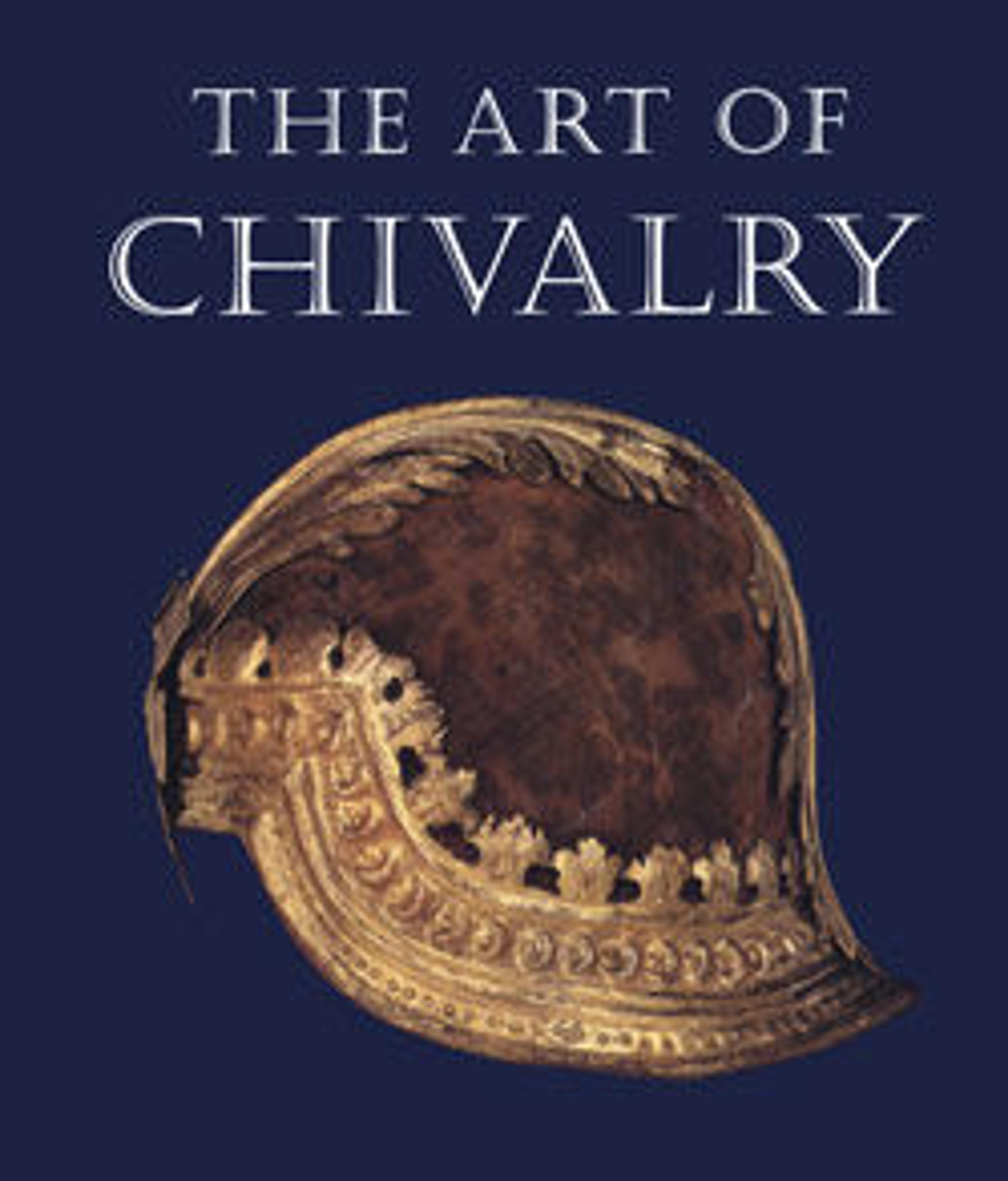Halberd of Wolf Dietrich von Raitenau, Prince-Archbishop of Salzburg (reigned 1587–1612)
This halberd, with its slightly concave axe blade, wide apical spike with sharp mid-ridge, strongly curved beak, and fancifully scrolled general outline, is typical of the parade weapons used by palace guards of German princes during the second half of the sixteenth and throughout the seventeeth centuries. Its entire surface, including the square socket and the long steel straps (Schaftfedern) fastening the head to the shaft, is profusely etched with scrollwork and grotesques. On either side of the axe blade is an etched rondel containing the coat of arms of Wolfgang Dietrich von Raitenau, Prince Archbishop of Salzburg, quarterly, 1 and 4 per pale, or, a lion sable, and gules, a fess argent (Salzburg); 2 and 3, argent, a ball sable (Raitenau), surmounted by a cardinal's hat. On a small cartouche approximately in the middle of the spike is etched the date 1589.
Artwork Details
- Title: Halberd of Wolf Dietrich von Raitenau, Prince-Archbishop of Salzburg (reigned 1587–1612)
- Date: dated 1589
- Culture: German
- Medium: Steel, wood, textile
- Dimensions: L. of head 23 7/32 in. (59 cm); W. of head 9 27/32 in. (24.99 cm)
- Classification: Shafted Weapons
- Credit Line: Gift of William H. Riggs, 1913
- Object Number: 14.25.300
- Curatorial Department: Arms and Armor
More Artwork
Research Resources
The Met provides unparalleled resources for research and welcomes an international community of students and scholars. The Met's Open Access API is where creators and researchers can connect to the The Met collection. Open Access data and public domain images are available for unrestricted commercial and noncommercial use without permission or fee.
To request images under copyright and other restrictions, please use this Image Request form.
Feedback
We continue to research and examine historical and cultural context for objects in The Met collection. If you have comments or questions about this object record, please complete and submit this form. The Museum looks forward to receiving your comments.
